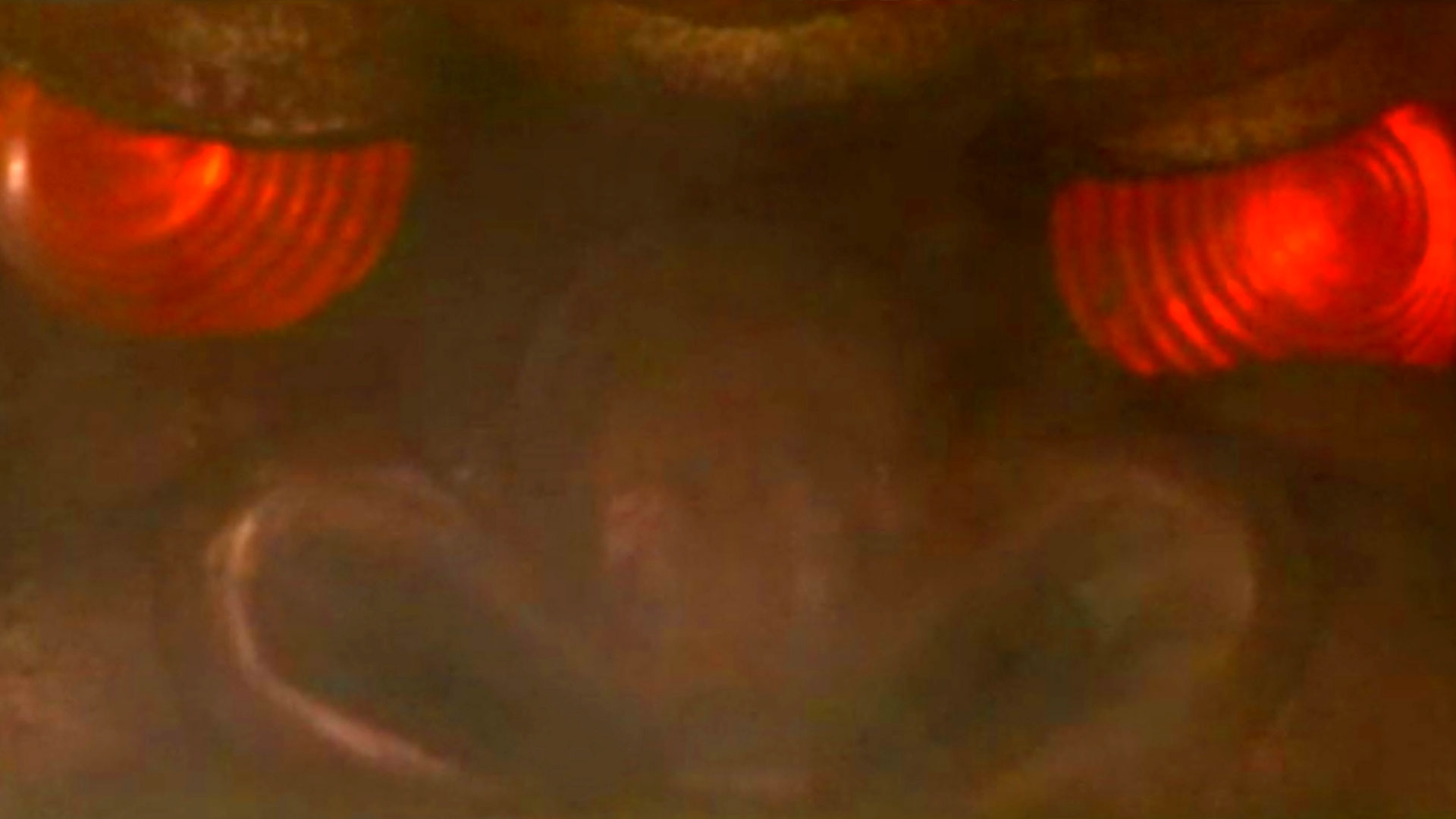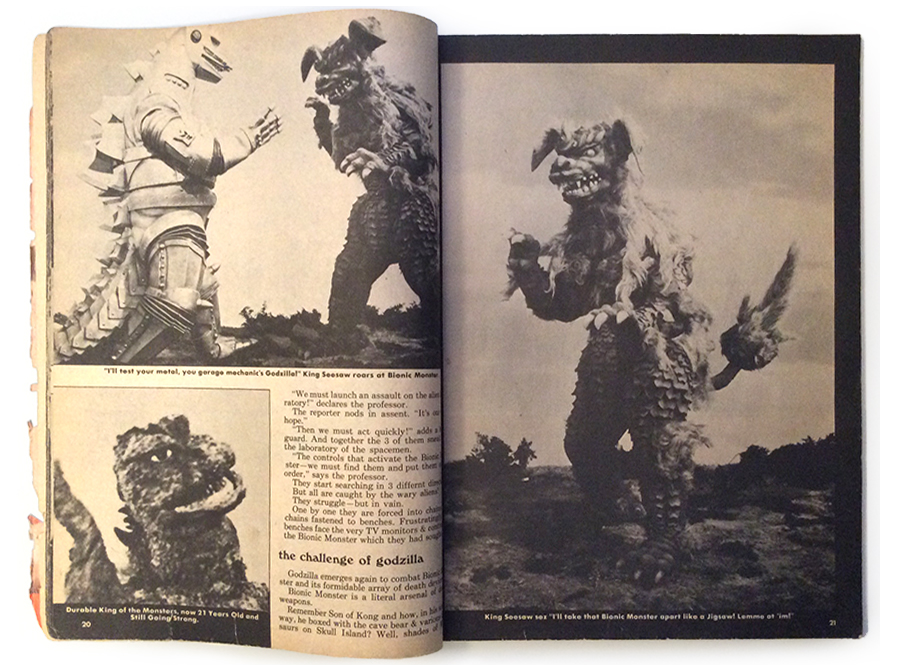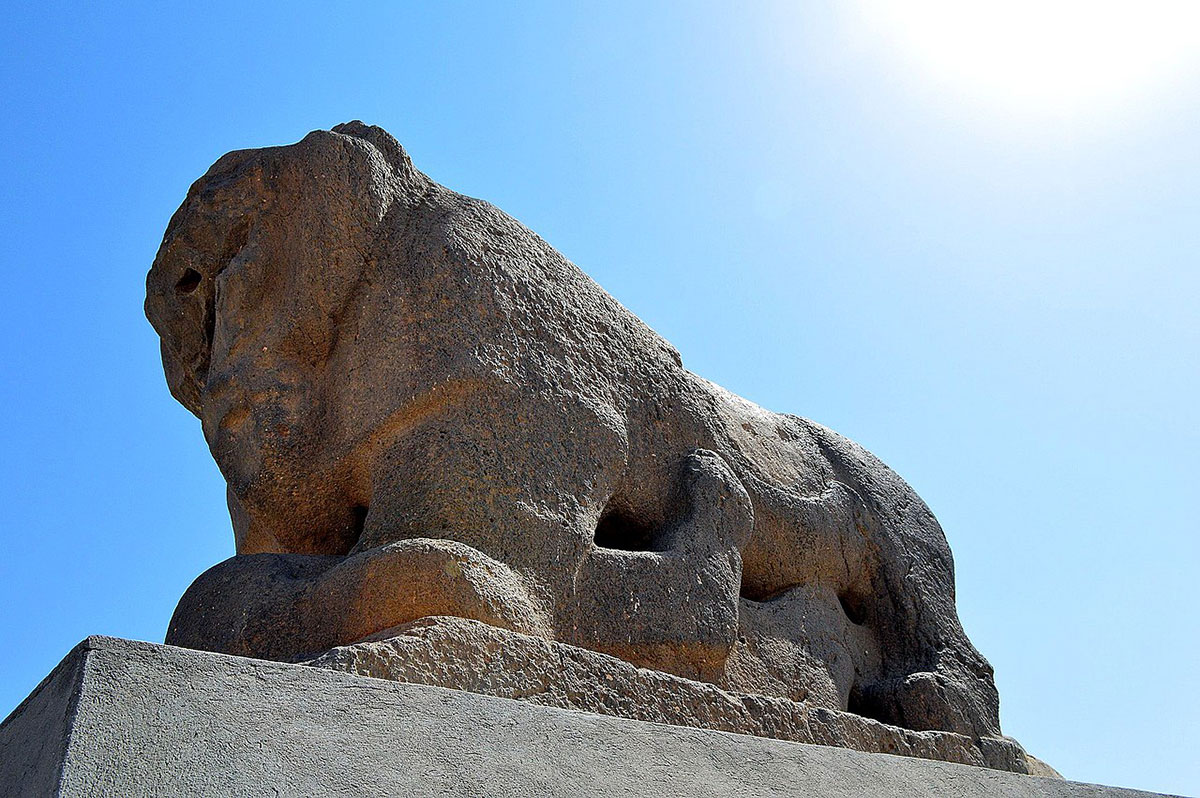12.26.2021
What is the difference between a lion and a king? We will see that there isn’t much between the two. As Godzilla fans we know that the Godzilla’s Japanese name along with the many other Japanese kaiju (monster) names have deeper meanings and references that often go unknown to non-Japanese speakers. Gojira (ゴジラ) is the combination of kujira (くじら) for whale and gorira (ゴリラ) for gorilla. Often kaiju names are derived from the animals, insects, creatures beings and origins that inspired them. For example, the name Hedorah (ヘドラ), also known as the Smog Monster, is from hedoro (へどろ) which means slug. Kumonga (クモンガ) is derived from くも(蜘蛛) for spider. Kamacuras, the name of the giant praying mantis in Son of Godzilla (1967), is from the Japanese word kamakiri (カマキリ) for mantis. Ebirah (エビラ) is derived from ebi (エビ) for shrimp. “Mecha” (メカ) from MechaGodzilla (メカゴジラ) is short for mechanical, mini (ミニ) from Minilla/Minya (ミニラ) for miniature, and mosu (モス) from Mothra (モスラ) for moth. Kaiju names are rich and subtle in meaning. Kaiju books provide details and data about each monster such as weight, height and weapons. But they ofter little on the meaning of the name because it is obvious to native Japanese speakers.







